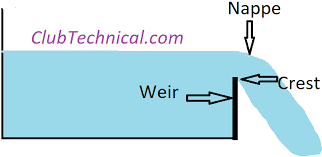What Is Flexible Pavement?
What Is Flexible Pavement?
Flexible
pavement consists of a surface layer of bitumen-bound aggregate (asphalt
concrete), several lower layers of appropriate quality aggregate and the sub grade
beneath. The layers enable the pavement to “bend”, reducing damage and the need
for repairs over time.
Functions
of a Flexible Pavement
Flexible pavements
serve three functions, and in order to achieve these effectively, several
layers are required:
·
The initial (visible) function of flexible
pavements is to provide a surface that is safe, smooth and durable enough for
the traffic anticipated to be using it, over the design life.
·
The second key function is to distribute loads
from the vehicle tyres onto a wider area underneath (subgrade – see later), so
that the subgrade does not deform under repeated loading.
·
Lastly, it is important to protect the lower
pavement layers and subgrade from any of the weakening effects of water.
Layers of a Flexible
Pavement
The
structure of flexible pavement is typically made up of the following layers:
The
various layers of a flexible pavement can be divided into two overlapping
sections:
Pavement section
The foundation section.
The foundation section of a flexible
pavement comprises the subgrade and subbase with possibly a capping layer
between, whilst the pavement section includes the subbase, the base, the binder
course and the surface course layers.
A
flexible pavement's foundation section may have either a single layer or double
layer above the subgrade, comprising either a subbase and capping layer or
simply the subbase.
The Advantages of Flexible Pavement
Thanks
to the various layers of flexible pavement, it offers the following advantages:
·
With flexible pavement, the subgrade beneath
is less likely to deform than with rigid pavement.
·
Repairs are easy and inexpensive with flexible
pavement.
·
The installation process does not require
joints and materials are cheaper.
·
Its short curation time (typically less than
24 hours) makes for quick installations, reducing traffic disruption.
·
Black ice is less likely to form on the
surface of flexible pavement.
·
Water is unable to rise up through the lower
layers, preventing the pavement from becoming weakened.




Comments
Post a Comment